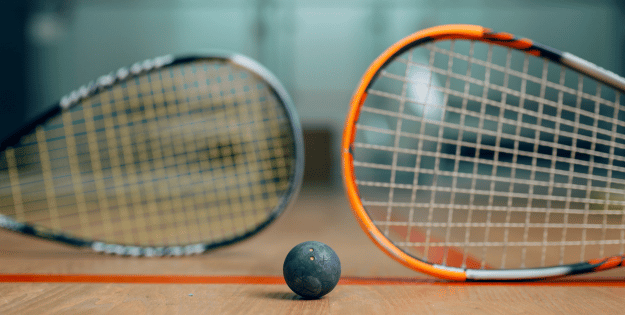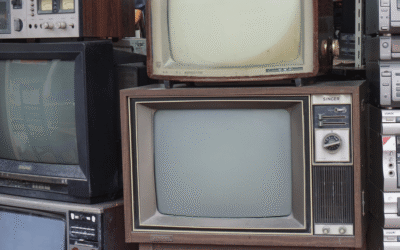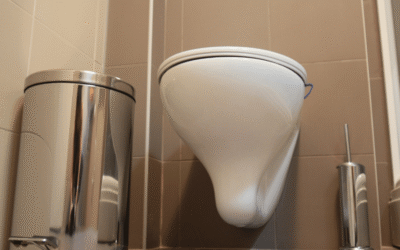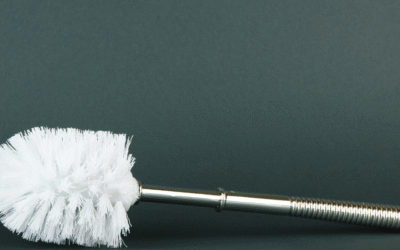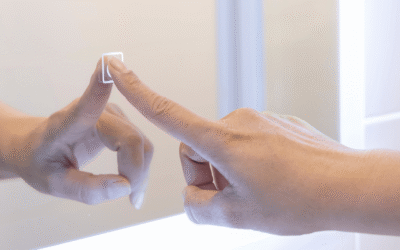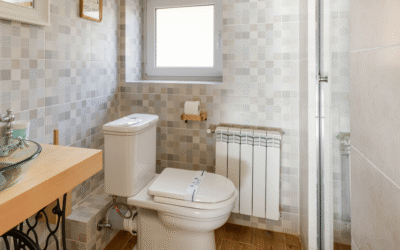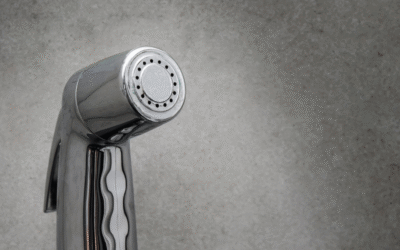Choosing the right squash ball can be the difference between a thrilling match and a frustrating experience. With the winter nights drawing in and the temperature dropping, it’s the perfect time to hit the squash courts and elevate your game. But with a variety of squash balls available, each designed for different levels and styles of play, selecting the best one can be daunting.
Squash balls come in six main types, identified by coloured dots, each affecting the bounce and speed of the ball. Amateur players often start with white, green, or blue dot balls, while professional players prefer the yellow dot balls for their reduced bounce and faster pace. Understanding these differences is crucial for players aiming to improve their skills and enjoy the game to its fullest.
Whether you’re a corner-to-corner runner or a drop-and-tuck specialist, finding the best squash ball for your style is essential. Let’s explore how the right choice can enhance your squash experience.
Top Amazon Sellers
Key Takeaways
- Understanding Squash Balls: Squash balls are classified by coloured dots, indicating their bounce and speed levels, crucial for enhancing the playing experience and matching player skills.
- Types of Squash Balls: Different colour-coded balls—such as double yellow for pros, and blue for beginners—cater to varying skill levels, affecting gameplay by offering unique bounce and speed characteristics.
- Choosing the Right Ball: Selecting the correct ball enhances performance by considering player experience, court conditions, and desired game pace, tailoring the game to individual needs.
- Playing Conditions Impact: Various court conditions like temperature and altitude necessitate specific ball choices to ensure optimal performance, such as using higher-bounce balls for cold or high-altitude courts.
- Ball Maintenance Tips: Regularly checking for damage and warming up balls properly before play can extend their lifespan and maintain optimal bounce, ensuring a high-quality game experience.
Understanding Squash Balls
Squash balls, an intriguing aspect of the game, involve complex physics to master. Made primarily of raw butyl rubber, these hollow balls contain air that converts kinetic energy to heat, increasing bounce as they warm up during play. This feature requires warming up the ball for optimal bounce and performance. Squash balls come in different types identified by coloured dots, indicating their level of bounce and speed. Professionals prefer yellow dot balls for their lower bounce, making the game more challenging. Meanwhile, amateurs often use blue, green, or white dot balls, which bounce higher and require less force to hit. Understanding these nuances helps players select the best squash balls suited to their skill level, allowing them to tailor their game to their playing style.
Types of Squash Balls
Each type of squash ball, identified by its coloured dot, caters to specific levels of play, influencing bounce and speed. Selecting the best squash balls enhances overall performance.
Double Yellow Dot
Double yellow dot balls, designed for advanced players, offer the lowest bounce. Players use these balls in competitive matches where precision is key. They’re slow once warmed up, demanding skilled control and strategic shot placement.
Single Yellow Dot
Single yellow dot balls are suitable for intermediate players. They produce slightly more bounce than double yellow dots, making rallies longer and more manageable. This type is ideal for those refining their techniques and seeking to improve consistency on the court.
Red Dot
Red dot balls offer moderate bounce, making them ideal for beginner to intermediate players. They are slightly faster, assisting in developing reaction time and shot accuracy. These balls are often used in training sessions to build foundational skills.
Blue Dot
Blue dot balls provide the maximum bounce, suitable for beginners. They are the fastest of all options, allowing players to focus on basic strokes without needing extensive warm-up. This ball type is excellent for quickly learning movement and court positioning.
Choosing the Right Squash Ball
Selecting the right squash ball enhances gameplay and supports skill development. It impacts bounce and speed, tailoring the game to the player’s ability.
Factors to Consider
Consider the player’s experience, the ball’s bounce, and court conditions when choosing a ball. Amateur players benefit from a ball with higher bounce, like blue or red dot balls, which facilitate longer rallies. Professionals might prefer a yellow dot ball for its challenging low bounce.
Matching Skill Level
Selecting the ball according to skill level ensures optimal play. Beginners thrive with blue dot balls, enhancing fundamentals with consistent bounce. Intermediate players might find red or single yellow dot balls useful for refining technique, whereas double yellow dot balls suit advanced players, demanding precise control and strategy execution.
Using Squash Balls in Different Conditions
Choosing the best squash balls depends on the playing environment, which influences performance and strategy. Different conditions require specific ball characteristics to ensure optimal play.
Cold Courts
Cold courts cause squash balls to bounce less due to reduced heat generation. Players should opt for balls with higher bounce, like blue or red dot balls. These balls offer longer rallies and help maintain a dynamic game even at lower temperatures, making them ideal for colder environments.
Glass Courts
Glass courts, with their unique lighting and visibility challenges, require balls that enhance visibility and control. Players benefit from using single yellow or red dot balls, which provide moderate bounce and control. These characteristics help players adapt to the reflective surfaces and improve shot accuracy.
High Altitude
High altitude affects air pressure, resulting in decreased bounce in squash balls. In such environments, players should select balls with increased bounce, such as blue dot balls. These balls counteract the lower air pressure, allowing players to maintain rally length and focus on technique.
Tips for Maintaining Your Squash Ball
Proper maintenance of squash balls enhances gameplay performance and prolongs their lifespan.
When to Replace Them
Inspect squash balls regularly for signs of wear like cracks or decreased bounce. Replace balls if they show noticeable damage or if rally performance declines significantly. Regular assessment ensures the use of balls that maintain quality play and optimal bounce during matches.
How to Warm Them Up
Begin match preparation by hitting the squash ball against the wall with moderate force. Repeated, consistent strokes elevate the ball’s temperature, increasing its bounce. Ensure adequate warm-up before starting a game to optimise ball performance and improve gameplay quality.
Conclusion and Top Picks
Choosing the right squash ball is crucial for enhancing performance and enjoyment on the court. By understanding the differences in bounce and speed among the various coloured dot balls, players can tailor their game to suit their skill level and the playing environment. From beginners using blue dot balls to advanced players mastering the double yellow dot, selecting the appropriate ball supports skill development and gameplay quality. Additionally, maintaining and warming up squash balls ensures optimal performance, allowing players to focus on refining their technique and strategy. Ultimately, the right squash ball choice empowers players to elevate their game and achieve their full potential.
Frequently Asked Questions
How often should I replace squash balls?
Squash balls should be replaced when they show signs of wear, such as becoming shiny or starting to skid, which usually occurs after about eight to ten hours of play. Regularly inspect the ball for damage or a noticeable decrease in performance to determine if a replacement is necessary.
What is the difference between red and blue squash balls?
Red and blue squash balls differ primarily in their speed and bounce. Blue dot balls offer maximum bounce, making them ideal for beginners. Red dot balls provide moderate bounce, suiting beginner to intermediate players by helping develop reaction time and shot accuracy.
Which squash ball is the fastest?
The squash ball with a blue dot is considered the fastest due to its maximum bounce. This makes it perfect for beginners, allowing rallies to be longer and enabling players to focus on developing their basic strokes and court positioning skills.
How to choose a squash ball?
Choose a squash ball based on your skill level and playing conditions. Beginners should select blue dot balls for higher bounce, intermediates may prefer red or single yellow dot balls for longer rallies, and advanced players should use double yellow dot balls for challenging, low-bounce play.
Can you hit the ball twice in squash?
No, you cannot hit the ball twice in squash. A good return is made if the ball is hit onto the front wall above the tin before it bounces twice on the floor, without the ball being hit twice, or touching the player’s body or clothing.

